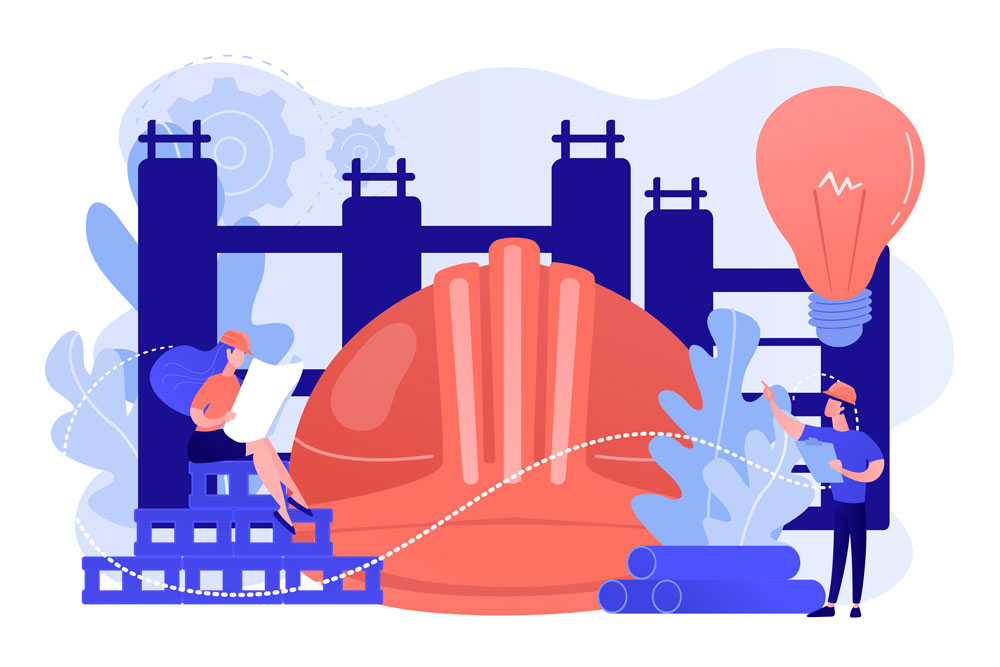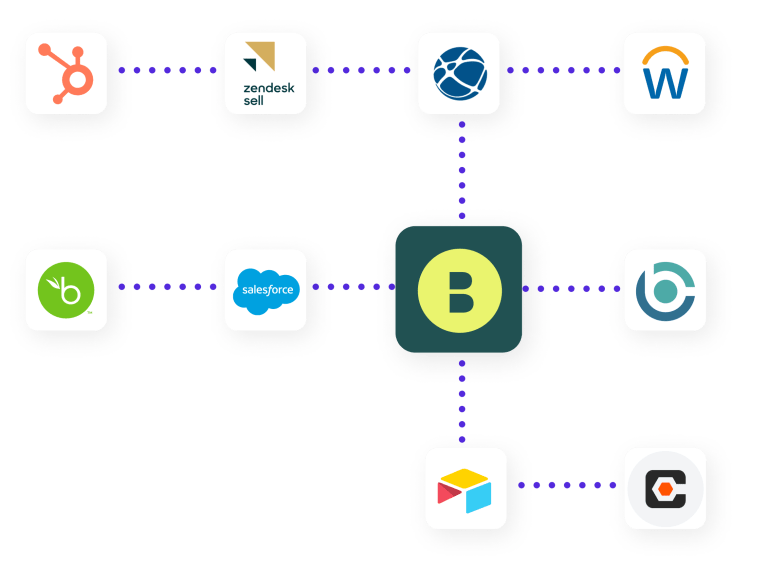Resource leveling and resource smoothing are strategies construction management professionals use to address scheduling challenges effectively. Keep reading to learn more about resource leveling vs resource smoothing and when it may make sense to choose one over the other.
Table of Contents
Resource leveling vs resource smoothing: The basics
Resource leveling is the practice of adjusting a project’s start and end dates to accommodate for limited resources. Resource smoothing, meanwhile, entails adjusting the project’s activities to ensure work is completed according to existing timelines.
Construction managers often view resource leveling as being the preferable approach when increasing the supply of resources would be less feasible than adjusting the project’s deadline.
Conversely, they often view resource smoothing as being preferable when the project’s deadline is a more rigid constraint than the current scheduling of activities.
Advantages of resource leveling
Accommodate resource shortages
Acquiring additional resources to complete a construction project within the allocated timeframe isn’t always possible. Construction’s labor shortage is a perfect example of this; there simply aren’t enough qualified workers to complete projects as efficiently as many professionals might hope.
In these cases, time might be a more plentiful resource, making it much easier to adjust the project’s start and end dates.
Avoid over-utilizing resources
Resource leveling can also reduce the risk of over-utilization. Once again, consider labor as a resource. Over-utilizing your workers (i.e. by expecting them to work faster than reasonable) will reduce the quality of their output. It could also jeopardize safety and lead to burnout.
The costs associated with these negative outcomes could even surpass the costs associated with delaying the project’s start and end dates through resource leveling.
Advantages of resource smoothing
Potentially increased client satisfaction
When choosing between resource leveling or resource smoothing, client satisfaction will be an inevitable consideration. Changing project start or end dates via resource leveling can be a point of tension whereas resource smoothing may allow for less-obvious adjustments.
Typically more efficient
Resource smoothing is typically the more efficient and cost-effective strategy between the two options. Construction managers can sometimes even leverage economies of scale when running tasks in parallel as opposed to spreading them out as originally planned.
Tips for implementing resource leveling or resource smoothing
It’s not a question of either/or
You don’t necessarily have to choose between resource leveling or resource smoothing. In fact, construction managers often leverage both strategies to solve resource scheduling problems on projects.
Know the granular strategies
As you probably know by now, the term “resource leveling” describes several activities. Each of these strategies can be used to help you recalculate your start and end dates.
These strategies include:
- pure resources leveling technique, which is arguably the simplest approach and involves rescheduling by comparing resource availability and resource demand
- the critical path technique, which entails identifying the project’s most critical tasks and creating an appropriate schedule based on them
- the critical chain technique, which takes task dependencies into account and is particularly useful in scenarios where you have limited resources
It’s a similar story with resource smoothing, which entails strategies such as:
- fast-tracking, which entails running activities in parallel that previously would have been run consecutively
- crashing, which is when construction management professionals enlarge the available pool of resources so more work can be done in less time
There’s a real science to resource leveling and smoothing. Understanding the various activities that comprise both strategies is key.
Use dedicated construction resource management software
While there are many resource and project management applications available, not all of them are useful for construction management professionals. Dedicated construction resource management software includes features that take the industry’s unique needs into account.
Bridgit Bench, for example, includes features such as:
- Gantt charts
- project and human resource database management
- labor scheduling
- pursuit tracking
- resource demand forecasting
Bridgit Bench also features an open API professionals can use to build custom integrations with other construction management applications. This strengthens the level of detail and insight that goes into resource leveling and smoothing decisions.
Another major benefit of using dedicated construction resource management software is that it places all of the relevant information at your fingertips. This will save you hours of prep time when you encounter a need for resource leveling or smoothing.
Jump into action as soon as possible
Resource leveling and smoothing both entail logistical challenges that are best handled with plenty of foresight. Whether you need to increase the availability of resources or adjust timelines, being able to communicate that with stakeholders ahead of time has tremendous benefits.
Maintain flexibility in your scheduling and resource allocations
Given construction’s many logistical challenges, issues that require resource leveling or smoothing are unsurprisingly commonplace.
It’s important, therefore, to maintain flexibility in your initial scheduling and resource allocations. Ensure you aren’t operating on such a tight schedule that making adjustments is next to impossible.
Resource leveling vs resource smoothing: Conclusion
We hope this guide has helped you understand the difference between resource leveling and resource smoothing along with when it typically makes sense to choose one over the other. Read more of our construction project management articles. If you’d like to learn more about Bridgit Bench, our resource management software, and how it can help your construction company, visit this page.
Frequently asked questions about resource smoothing and resource leveling in construction
What are the steps involved in resource smoothing?
The process of resource smoothing typically begins with evaluating the current tasks to be completed and determining which ones can be run in parallel instead of asynchronously. Next, you’ll need to coordinate the tasks in a way that respects the existing project timeline.
What is an example of resource smoothing?
Imagine your construction company needs to complete a task that will take roughly 100 hours of labor. If that task is initially scheduled to take place over the course of five weeks (20 hours each week), resource smoothing might entail completing the project in two business weeks (allocating a crew to complete 10 hours of labor each day).
What is an example of resource leveling?
Let’s take the previous example again. This time, however, the project’s start and end dates are flexible whereas the availability of labor is restricted.
In this case, resource leveling might entail moving the project start and end dates forward to accommodate the reduced availability of resources.



